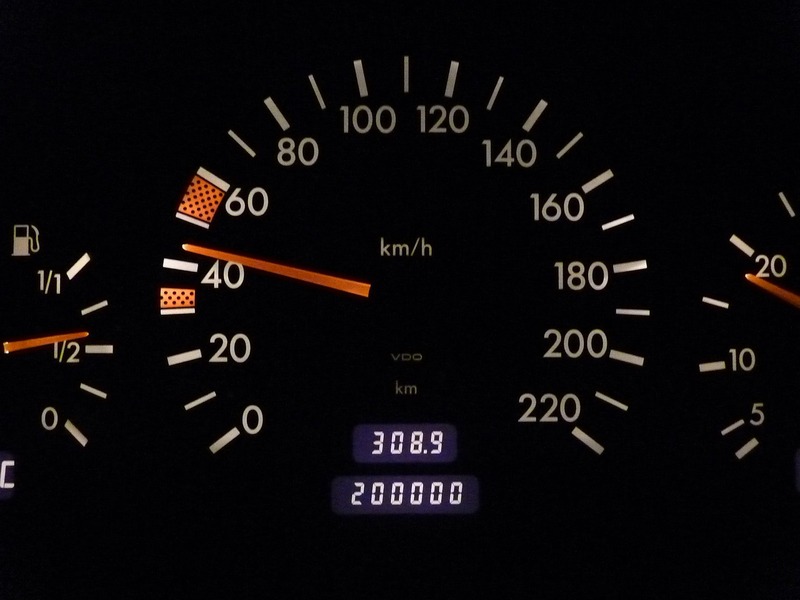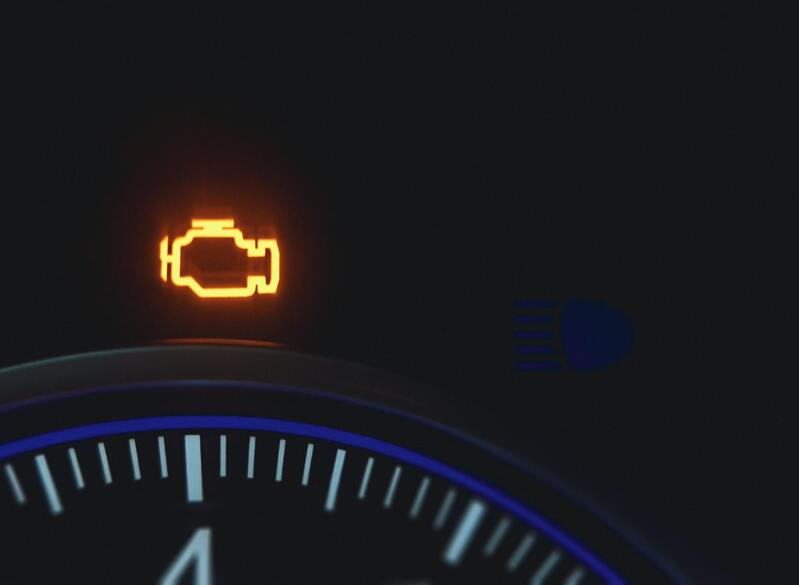Spark plugs play a very important role in the combustion of fuel. They function to precisely time the ignition of the fuel mixture and aid in getting the best possible performance out of combustion. Spark plugs, however, begin to fail sporadically as is the situation with most parts that need to be replaced on a regular basis, frequently as they get close to the end of their lifespan.
In this article, we are sharing details about what is spark plugs, what are the symptoms of bad spark plugs and what to do when the spark plugs turn faulty. Let’s discuss all these one by one
What Spark Plugs Do?
Spark plugs, as their name indicates, are the electrical spark that starts the combustion required to start your car. A spark plug fires an electrical bolt over a tiny gap, igniting the gasoline and air combination that moves the pistons and starts your car moving.
8 Common Signs of Bad Spark Plugs:
There is no doubt that the combustion process will not operate normally if spark plugs start to fail. However, you could also detect occasional telltale indicators of incorrect ignition since, while being replaced as a set, spark plugs often do not break at the same time.
We have listed here some common signs of a bad spark plug for your reference.
1. Decreased Fuel Efficiency

If the spark plugs are not working correctly, the engine may not be burning fuel efficiently, resulting in decreased fuel economy. To determine if you have an issue with lower mileage, calculate your mileage and test your spark plugs. It is important to consult a mechanic if you suspect that the spark plugs may be causing issues with your vehicle, even if it has low mileage.
2. Lack of Power

While accelerating, you could notice the engine stuttering as one of the signs of bad spark plugs. In this instance, the engine is not reacting to the driver as it should. It could abruptly gain power before waning. The engine’s excessive air intake during the combustion phase is delaying the supply of power. The simultaneous pause and surge could point to a spark plug issue. So these are bad spark plug wires symptoms as well.
3. Hard Starts
Another of the major symptoms of bad spark plugs. Faulty spark plugs or damaged spark plug wires might be the cause of your car’s difficulty starting in winter conditions or after it has been idle for a while. A worn spark plug is unable to generate the spark required to ignite the combustion process. As a consequence, your car can start slowly or crank for a long period of time before turning on. Hard starts that are frequent might harm your engine’s ignition system and discharge the battery in your vehicle.
4. Rough Idling

Your engine should sound stable and smooth, and it should maintain a constant RPM. However, if your spark plug is damaged, you’ll probably notice difficult idling as a major sign of bad spark plugs. In particular, you’ll experience severe vibrations, hear rattling noises, and notice sudden spikes and decreases in the combustion engine’s RPM. The ECU (Electronic Control Unit) may attempt to make up for a broken spark plug and power loss by idling your engine rough.
5. Misfires
A blocked spark plug is typically the cause of an engine misfire. An engine misfire, to put it simply, is when one or more of your engine’s cylinders fail to ignite. It occurs as a result of insufficient combustion of the fuel and air combination in the cylinder, and it can reduce engine output. You’ll hear your automobile engine splutter, feel it shake wildly, or notice a sudden loss of power if your engine is misfiring.
6. Engine Knocking
Among the loose spark plug symptoms, this could be the one sign. The engine will occasionally make a loud banging noise. Engine banging is caused by pressure shock waves that are produced when gasoline burns in the engine bay unevenly. Engine knocking may permanently harm your car’s cylinder head, piston head, piston compression chambers, cylinder head valves, and other important engine parts if it is ignored.
7. Check the Engine Light

When there is an issue with the spark plugs in your car, the Check Engine Light can come on. These signs of bad spark plugs, often occur when an engine malfunctions due to an oil-covered or overheated spark plug that is on its way out. The Check Engine Light, however, may also come on if there are problems with your catalytic converter, coil pack, spark plug wire, etc. These could be among the loose spark plug symptoms, which you can easily fix on your own.
8. Contamination
To identify if the contamination is due to oil, gasoline, or coolant, more investigation is required. Oil or coolant pollution can result from malfunctioning engine parts. Component failures in the fuel, ignition, and/or emission systems can lead to fuel contamination. This can result in bad spark plug wires symptoms of faulty spark plug symptoms.
How to Start a Car with Bad Spark Plugs?
Driving with bad spark plugs is a bad idea we explain why. Your car won’t operate at its best if one or maybe more spark plugs are faulty. Your fuel usage and pollutants may go up with incomplete combustion. Your automobile can eventually stop working while it’s running or won’t start. Driving with defective spark plugs means you can face severe issues further and lead to major expenses to fix the car! Why? Because such a drive may harm your car’s catalytic converter. So do not ignore the signs of bad spark plugs.
How to Fix Faulty Spark Plugs?

Once you feel any or many of the symptoms of bad spark plugs, here are some thorough instructions for changing spark plugs.
Step 1: Take off any coverings for the engine, such as the ignition coils or wires.
Step 2: The spark plugs are located on top of the cylinder; take them out.
Step 3: To ensure you are replacing them with the right spark plugs, make sure all of your new spark plugs are the same length.
Step 4: Apply lubricant directly to the threads of the spark plugs before tightening them.
Step 5: Reassemble the ignition coils, wires, and all other components that you had to take apart.
This is a basic guide on how to change spark plugs. There can be a few additional processes or items, as per the card model or type. But it is better to consult a mechanic for those and more.
The Final Word
Although spark plugs are made to survive for a long period, they occasionally fail before their time. Install new spark plugs as soon as possible if you detect any of the symptoms of bad spark plugs. In any other case, faulty spark plug symptoms might result in an increase in gasoline consumption, a decrease in fuel efficiency, and irreparable engine damage. While changing a damaged spark plug can be a do-it-yourself project, if you lack skill, avoid doing it yourself.
FAQ’s:
1. Can faulty spark plugs damage the engine?
Yes, faulty spark plugs can damage the engine. They contribute to poor combustion, reduced fuel efficiency, and potential misfires, leading to long-term engine problems if not addressed promptly.
2. How many years do spark plugs last?
Spark plugs typically last 20,000 to 40,000 miles, or about 2 to 5 years, depending on the type and material. Regular inspection and replacement ensure optimal engine performance.
3. Can I drive with bad spark plugs?
Driving with bad spark plugs is not advisable. It can lead to reduced fuel efficiency, poor performance, and potential engine damage. Address the issue promptly for optimal vehicle function.
